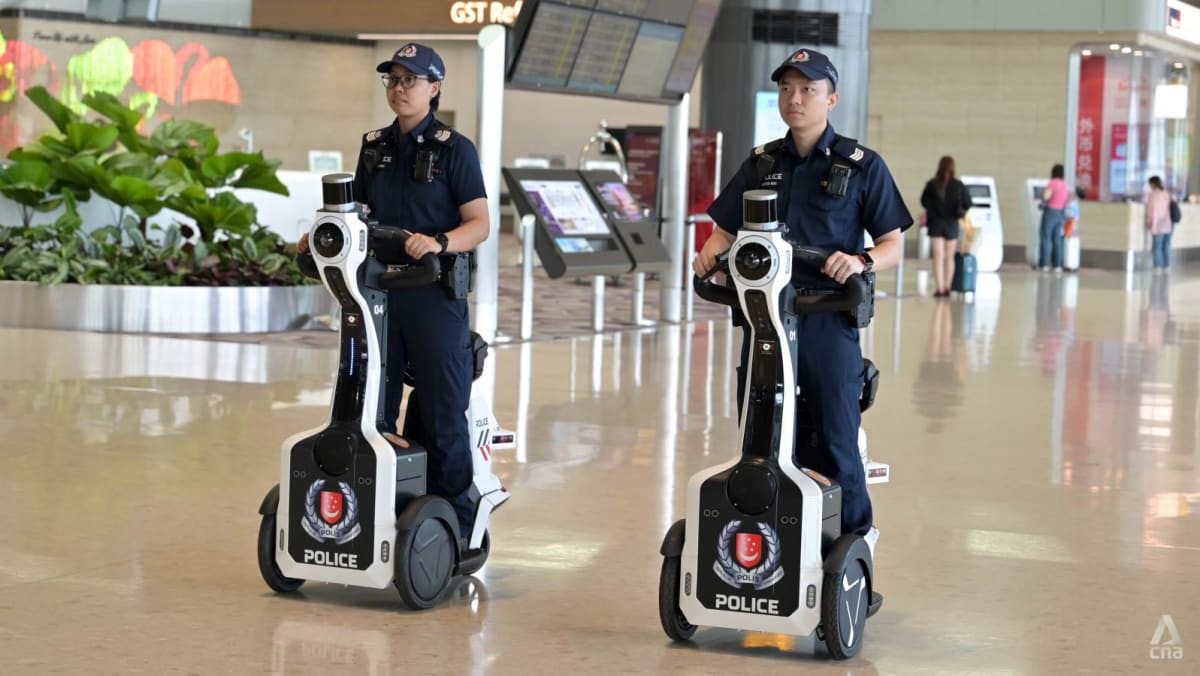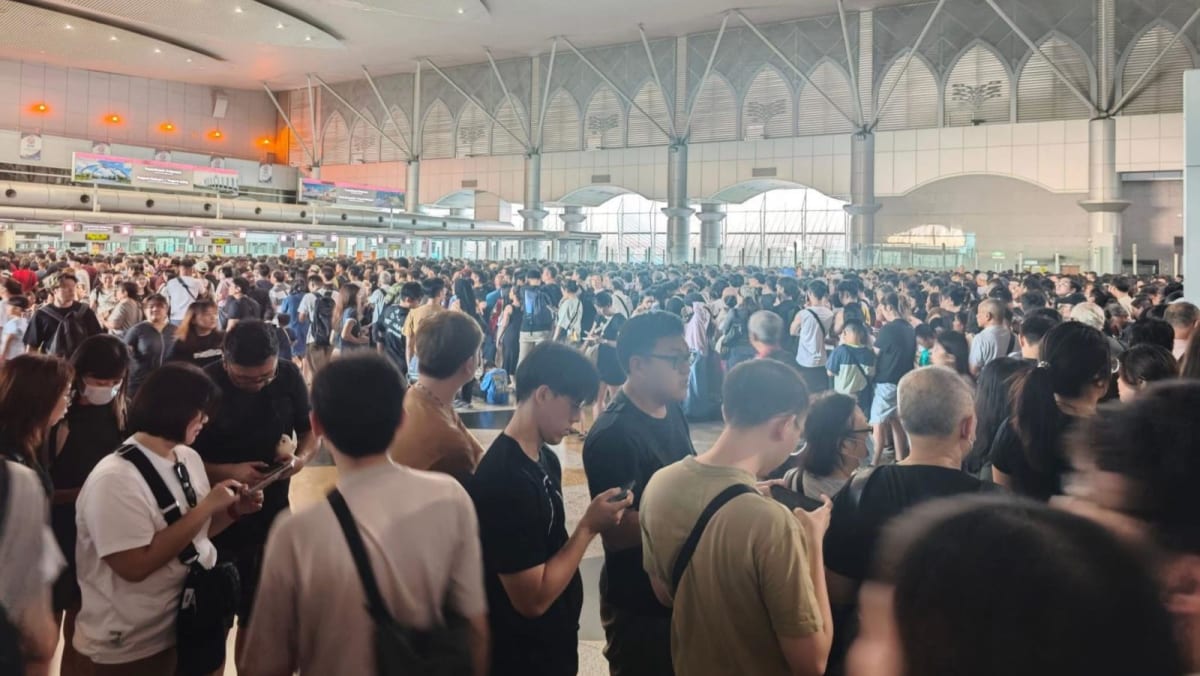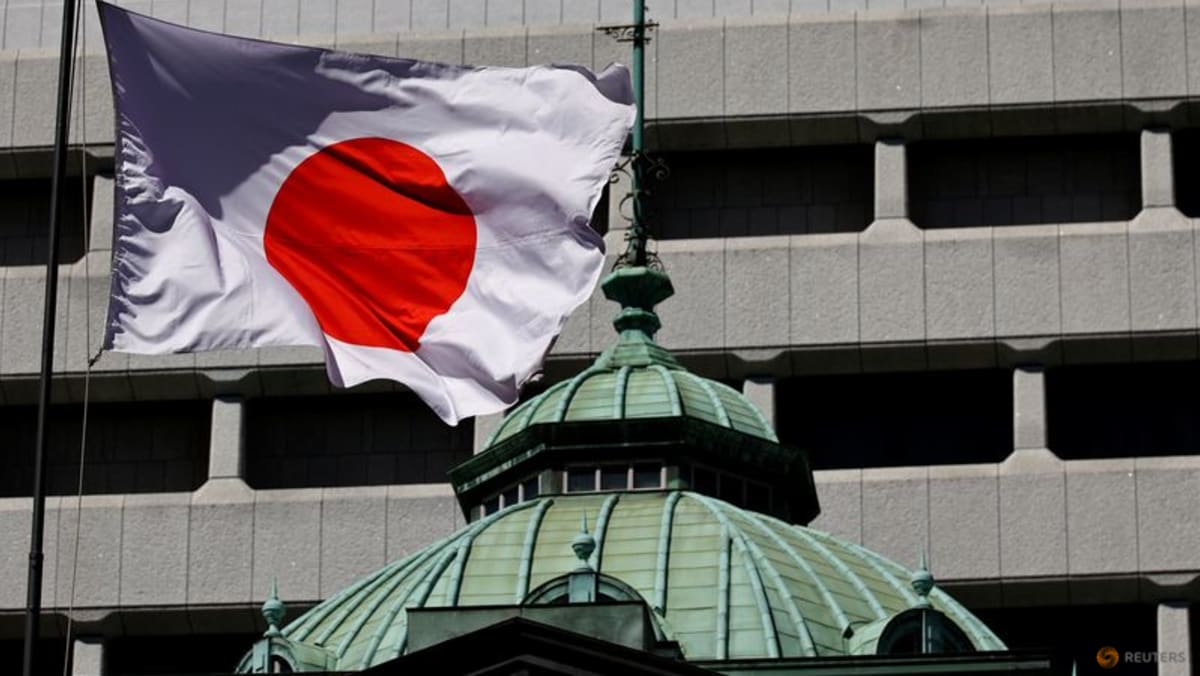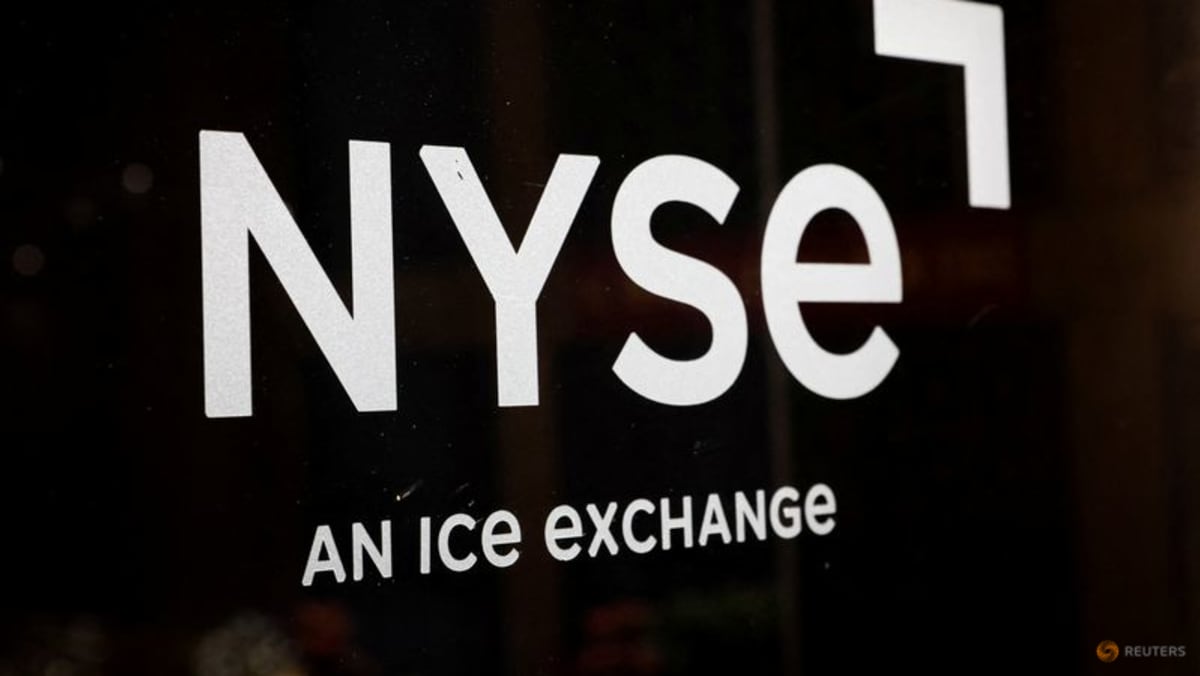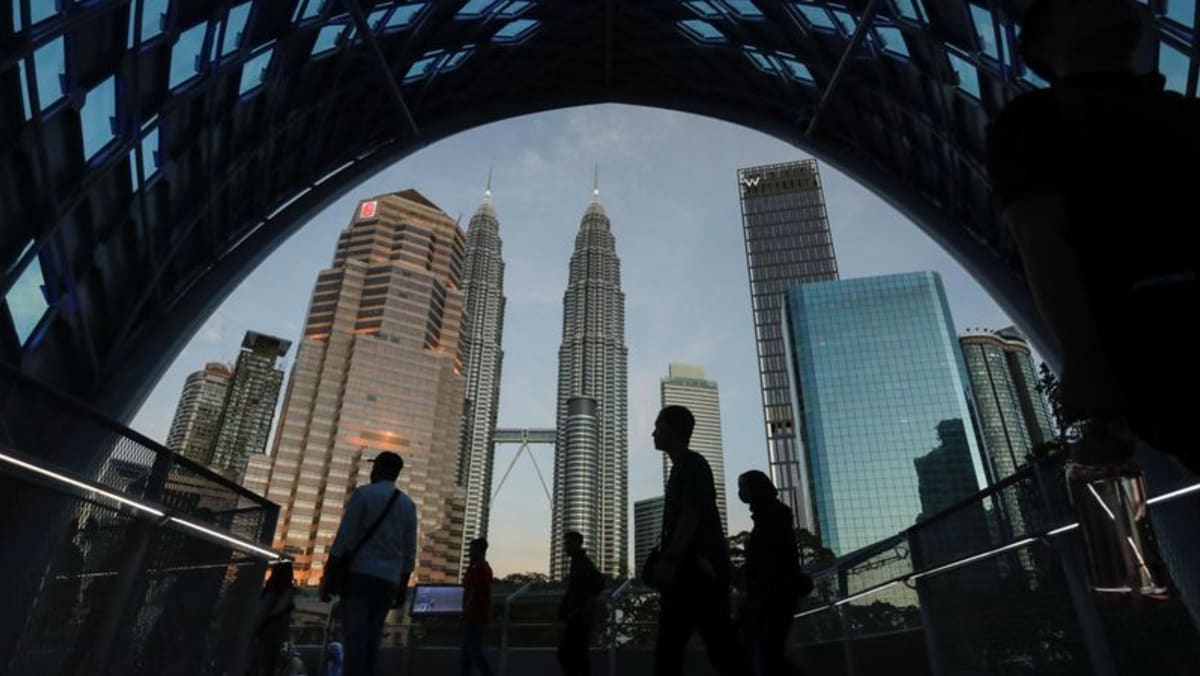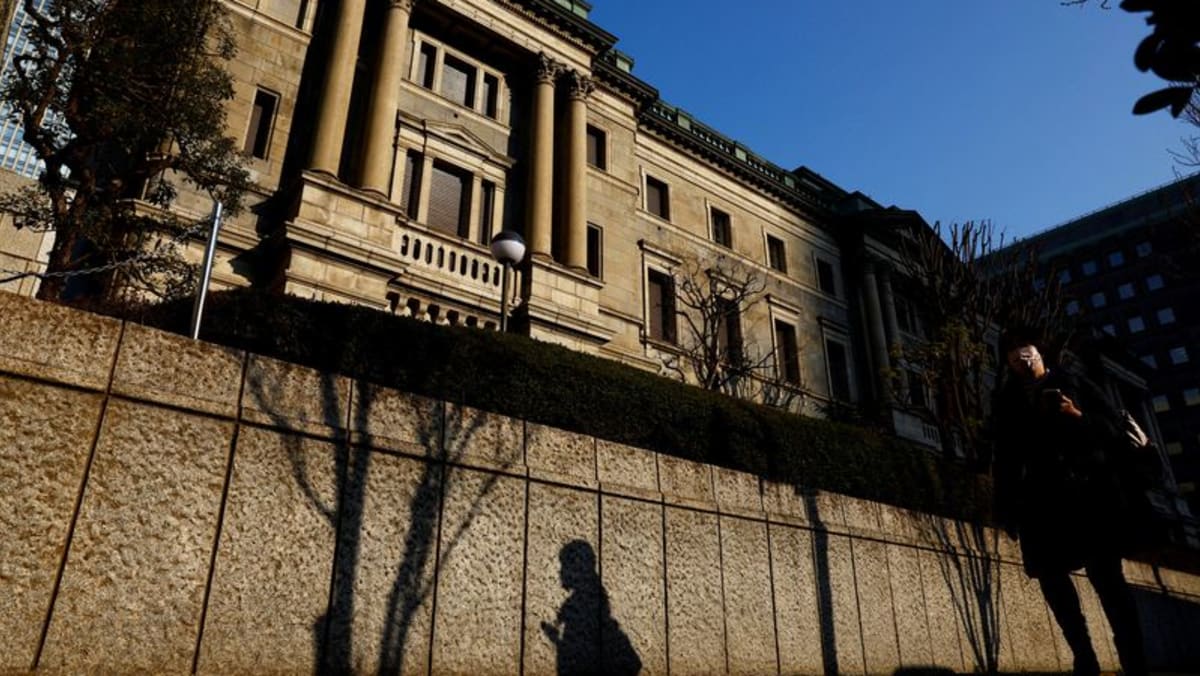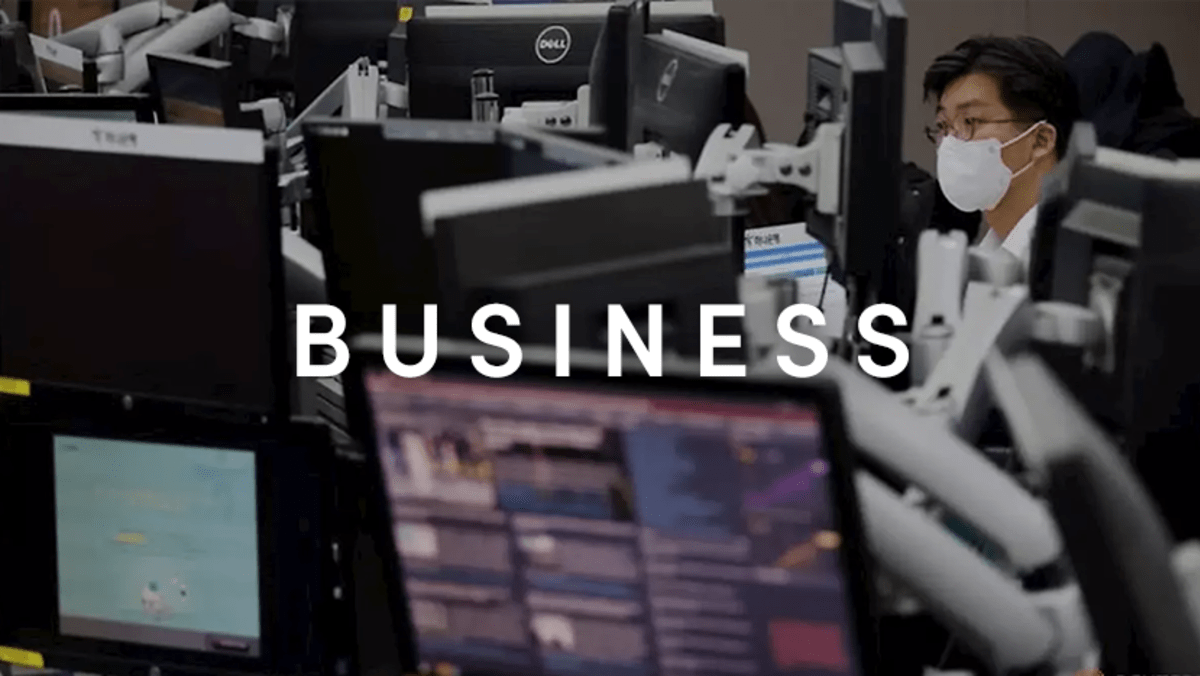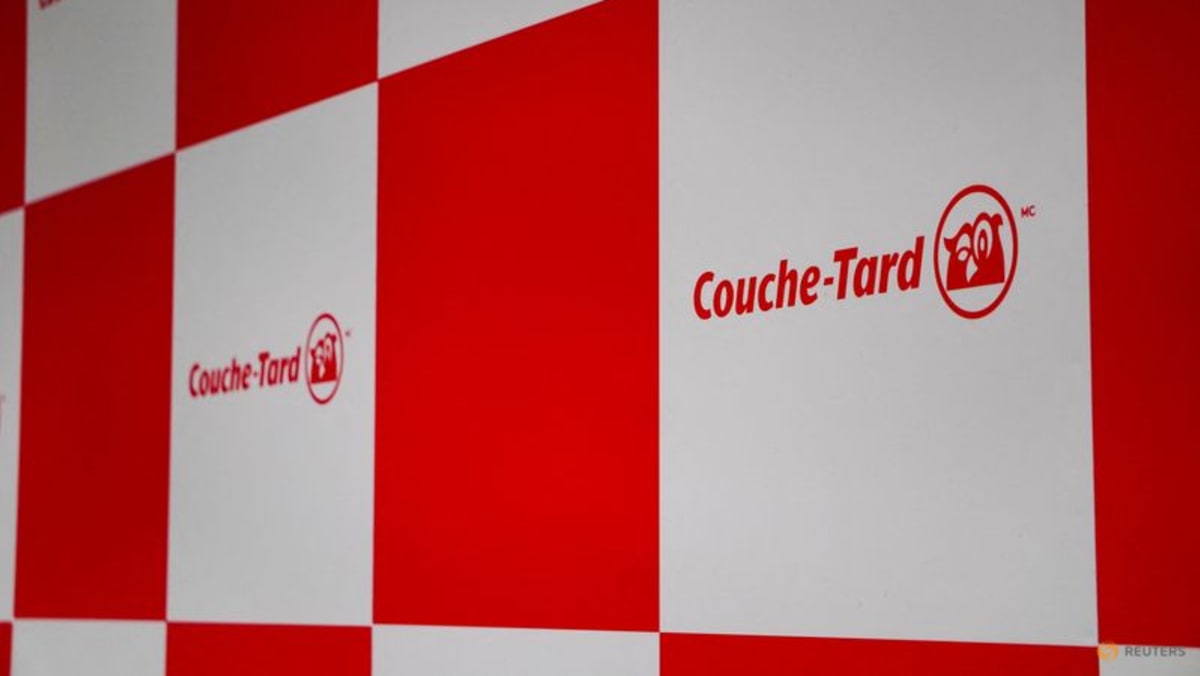TOKYO :The Bank of Japan is likely to keep interest rates steady and cut its growth forecasts on Thursday, as uncertainty surrounding U.S. tariffs clouds the outlook for the world’s fourth-largest economy.
But the central bank is likely to project inflation to stay roughly on course to hit its 2 per cent target in coming years, a sign that risks from U.S. tariffs might only delay, not derail, its rate hike plans.
At the two-day meeting ending on Thursday, the BOJ is widely expected to keep short-term interest rates steady at 0.5 per cent.
Given growing headwinds from higher U.S. tariffs, the board is likely to slash its economic growth forecasts in a quarterly outlook report due after the meeting.
In current forecasts made in January, the BOJ expects the economy to expand 1.1 per cent in the fiscal year ending March 2026, followed by 1.0 per cent growth in the next fiscal year.
While the board may also cut its core consumer inflation forecasts, it will likely project inflation staying around 2 per cent through 2027.
The BOJ currently expects core consumer inflation to hit 2.4 per cent in fiscal 2025 before slowing to 2.0 per cent in fiscal 2026. The upcoming report will include forecasts for the fiscal year ending March 2028 for the first time.
“We will continue to raise interest rates if underlying inflation gradually converges toward our 2 per cent target, as we project,” BOJ Governor Kazuo Ueda told reporters last week after attending a meeting with G20 counterparts in Washington.
“But we would like to scrutinise various data that comes in, without pre-conception,” he said.
Markets are closely watching Ueda’s post-meeting news conference for clues on how U.S. President Donald Trump’s tariffs would affect the BOJ’s rate-hike path.
YEN MOVES IN FOCUS
Rising trade tensions from Trump’s sweeping tariffs have sent shockwaves through markets and led to a sharp downgrade in the International Monetary Fund’s global growth forecasts.
The path towards policy normalisation may take longer than expected as trade tensions prod big exporters, which had spear-headed pay hikes, to reconsider wage plans.
With inflation well exceeding its target, however, the BOJ is expected to signal that risks from higher U.S. tariffs won’t derail a cycle of rising wages and inflation seen as crucial to keep raising rates, sources have told Reuters.
The BOJ may also prefer not to sound too pessimistic on the outlook as doing so may dampen already waning market expectations of near-term rate hikes, thereby triggering renewed and unwelcome yen declines, some analysts say.
A weak yen would accelerate inflation via higher import costs. It could also draw the ire of Trump, who has accused Japan of intentionally depreciating its currency to give exports a trade advantage, they say.
Naomi Muguruma, chief bond strategist at Mitsubishi UFJ Morgan Stanley Securities, expects the BOJ to avoid explicitly delaying the projected timing of durably hitting its price goal.
“Clearly pushing back the projected timing could weaken the yen against the dollar, and draw the attention of Trump. It would also deprive the BOJ of policy flexibility,” she said.
The BOJ raised its short-term interest rate to 0.5 per cent in January in the belief the economy was on the cusp of sustainably achieving its 2 per cent inflation target. While Ueda has signalled the BOJ’s readiness to keep raising rates, Trump’s tariffs have complicated its decision on when and how far it can hike.
Analysts polled by Reuters in April said they expected the BOJ would hold rates steady through June, with a 25-basis-point hike expected next quarter by a slight majority of respondents.
